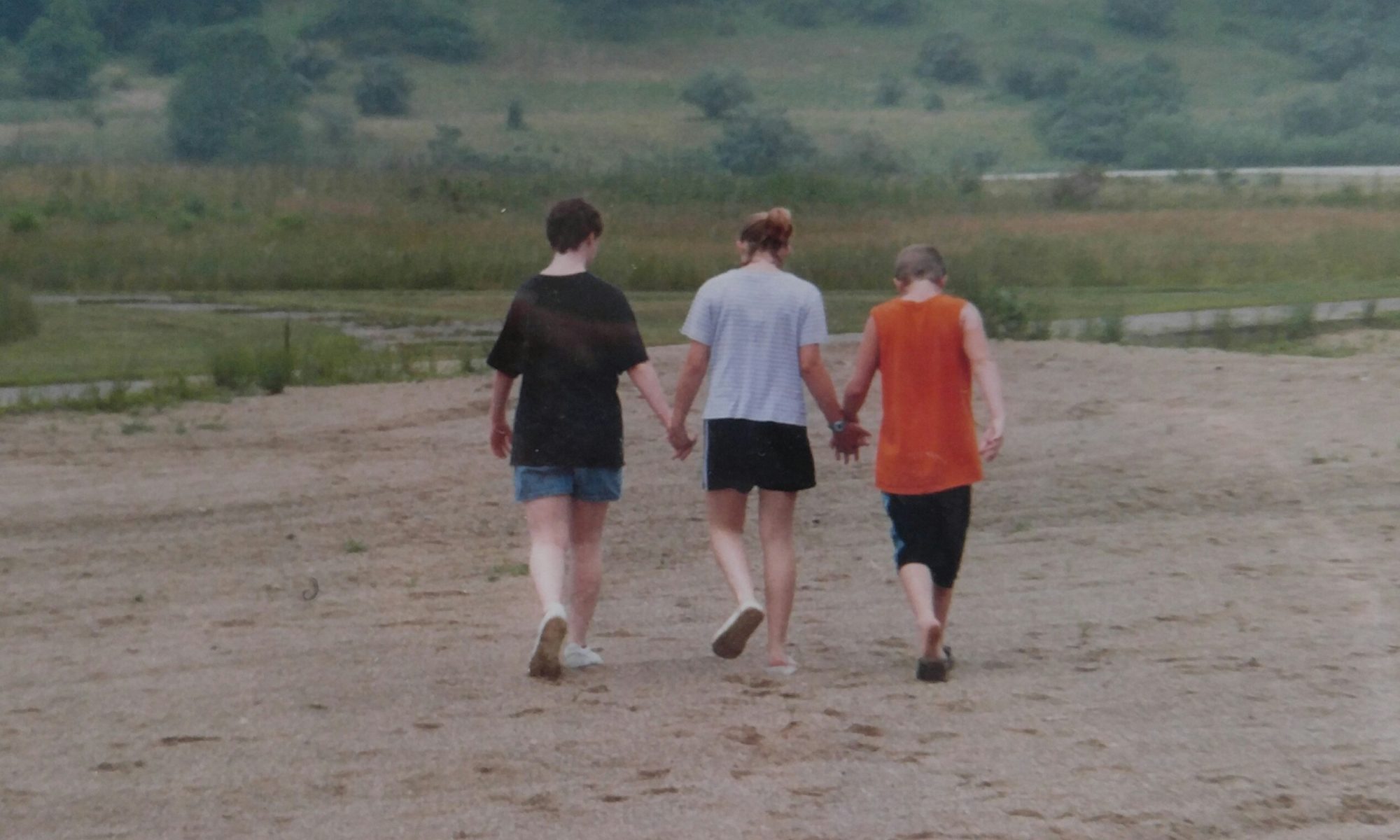
So many times, I’ve heard people express their amazement that Casey and Rob each have a sense of humor – that they are deeply aware of people and react to what happens around them. I know it’s because for years, people with autism were believed to not feel emotion or any sense of connection with others. It’s one if the biggest myths of autism.
What Casey and Rob really have trouble with is reading facial expressions. Actually, I’m not sure that’s right. Maybe they can read faces, but they read people better and, often, people may be smiling while they are mad (to hide true feelings) or crying when they are happy. (And in my case, when I’m furious, I cry. Ugh!)
Imagine how hard it would be to understand facial expressions if people didn’t look sad every time they felt sad. Or when people force smiles. If you can’t ask questions about why people do such things, how would you ever be able to understand?
When Rob gets confused about how people feel versus what he sees, he gets very anxious and will try to leave the situation. He will rub at his cheeks and begin to rock and hum. When Casey doesn’t understand, she giggles.
We were in Wal-Mart several years ago and a mom in the check out beside us wasn’t being very nice to her kids. She had a toddler who was crying. Crying babies and children are sure to make Casey giggle. She’s not laughing at the child, but rather, she’s nervous about why the child is crying. I tried to explain that the mom was trying to help the child and told Casey to stop staring.
Meanwhile, that… Umm… Woman… Yelled at her kids and noticed Casey giggling. She yelled at her and when I tried to explain she had autism, she got really nasty. At one point, she threatened to throw a two liter bottle at Casey to shut her up. I, in my usual grace and kindness, replied with a not so nice threat of my own. Casey giggled louder, Rob was trying to run, and I was seeing red.
A manager actually came over and dealt with that witch and I got us out of the store. Once we were home and calmed down, Casey asked about mad baby. I told her the woman was just not happy and that she didn’t need to worry about seeing her again. The thing is, had Casey been able to recognize the situation easier, she wouldn’t have been giggling or caught that woman’s attention.
I have discovered that if I show Casey and Rob pictures of people showing emotions, they can both tell me happy, sad, mad, tired, scared. But if they see that same person making the same face in person, they have a much harder time. I can only assume that they are picking up other signals from the person that may not match their facial expressions. It’s also confusing to them that they can make a “mad” face while they aren’t actually mad, but playing or taking selfies of themselves. (I have several sets of each of them making faces at the phone and taking pics! 🙂 ) If you can make a mad face while you are having fun, then how do you know that the person making the mad face in the store isn’t having fun, too?
It may also be harder for them to focus on a person’s whole face and not just one part at a time. While they will both look in your eyes, neither will look long. Casey has told me that eye’s move and she doesn’t like it. Rob has never said why he doesn’t like to look in anyone’s eyes for a long time. Maybe if they are focused on whether the mouth is smiling, they can’t notice the feelings in the person’s eyes. For many people, the mouth is the first part they focus on – is it smiling? frowning? But, again, if your mouth doesn’t match your emotions, how can a person know?
Imagine seeing a friend who is smiling, but tears are falling and you can’t communicate your concerns. Would you assume the person is happy because of their smile or sad because of their tears? Add to that the social anxiety that so many people with autism feel anyway and you may just walk away without ever figuring out how they felt. I’m sure I would – just in case they were sad, I wouldn’t wan to upset them anymore.
The sad part is, this isn’t something you can teach your child. Because this time, tears may be happy, but next time, they may be sad. This time, the person may be angry, but next time, they may be teasing. Facial expression recognition may be something your child with autism will never comprehend. It’s not concrete – it’s constantly changing from one person to the next. What about the person who always looks angry? Or the one that fakes at being happy all the time? Your child will know and it will just add to the confusion.
If your child gets anxious easily, trying to decipher facial expressions may just be too much for them and that’s okay. Even some “typical” people are oblivious to the expressions of others. If your child is able, you may be able to help them learn to ask if someone is happy or mad or sad. Or you can just help them understand that it’s hard for a lot of people and they just need to be kind.
Who knows? Seeing everyone wearing masks might make things easier for our kids. They can focus on the emotion they see in another person’s eyes and not the conflict between the eyes and mouth. Or they can learn to treat people as they are being treated and move on. Some things may never be understood and that’s okay for all of us. 🙂
